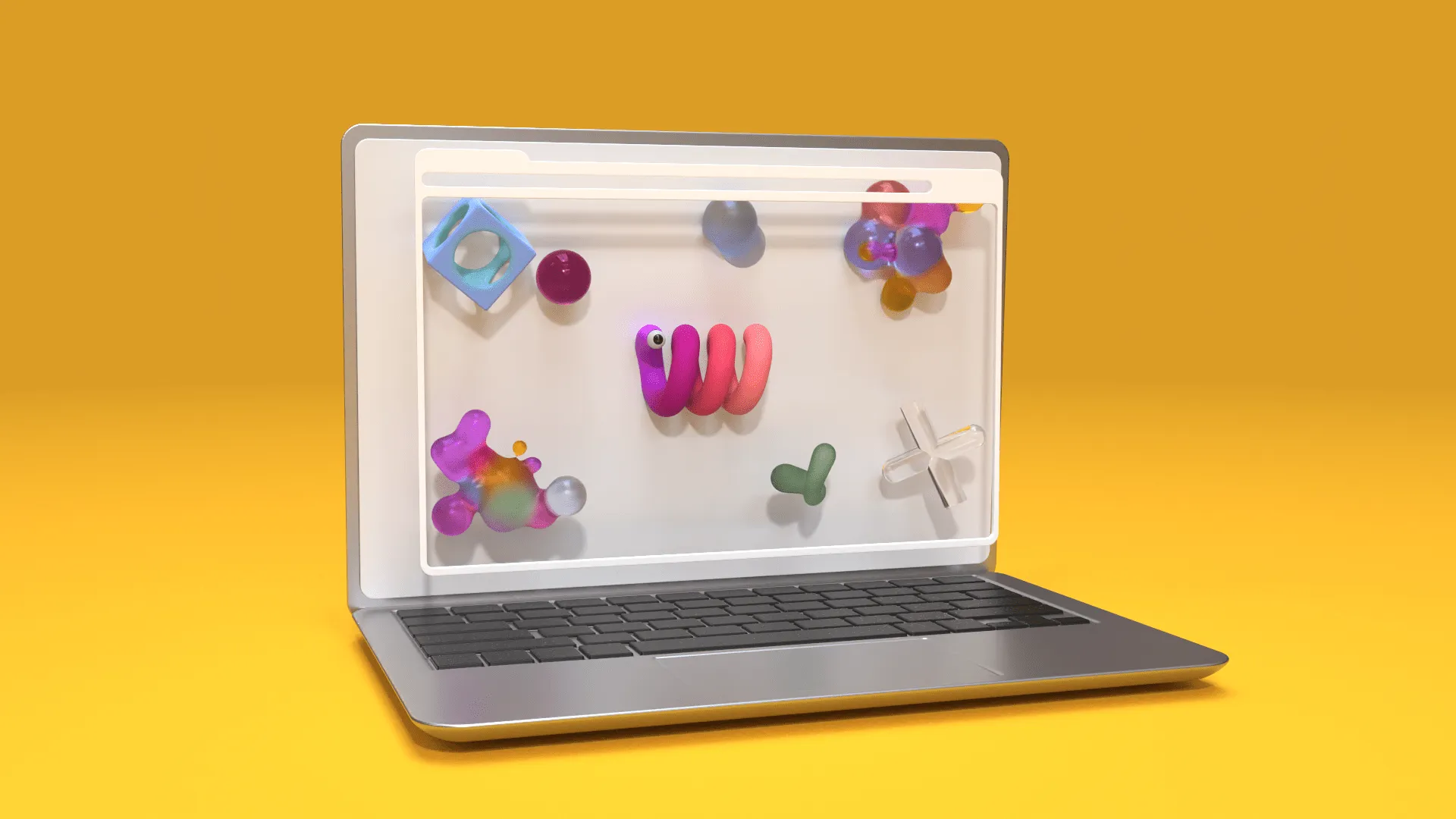
Art has always been a reflection of human creativity and imagination. Artists throughout history have sought inspiration from various sources, from nature to personal experiences. But in recent years, a new muse has emerged – artificial intelligence (AI). The intersection of AI and art has given rise to fascinating collaborations between AI systems and human artists, resulting in groundbreaking and thought-provoking creations. In this article, we will delve into the origin of AI as a muse, explore the benefits of these collaborations, and touch upon other intriguing areas in this exciting field.
Where did it all begin?
The idea of using AI as a muse for artistic creation can be traced back to the development of generative models and deep learning algorithms. These technologies have the ability to analyze vast amounts of data, recognize patterns, and generate new content based on learned information. As AI systems became more sophisticated, artists and researchers recognized the potential for collaboration between AI and human creators.
One of the pioneering projects that brought AI into the spotlight of the art world was the DeepDream algorithm developed by Google. DeepDream uses deep neural networks to analyze and modify images, resulting in surreal and dreamlike visuals. The algorithm became an inspiration for many artists who saw the potential of AI in generating unique and captivating artwork.
How are AI-Human collaborations beneficial?
The collaborations between AI and human artists offer a myriad of benefits that extend beyond mere artistic creation. Here are a few key advantages:
Beyond the origin and benefits of AI-human collaborations, there are several other fascinating areas worth exploring in this realm:
Ethical Considerations: The integration of AI in art raises important ethical questions. Artists and researchers must consider issues such as authorship, ownership, and the potential biases embedded in AI algorithms. Addressing these concerns is crucial to ensure responsible and fair collaborations between AI and human artists.
AI as an Artistic Tool: AI not only collaborates with artists but can also be utilized as a standalone artistic tool. Artists can train AI models to create original artworks or use AI-powered tools to enhance their creative process. This opens up exciting possibilities for artists to embrace AI as a primary medium for artistic expression. Whether it’s a tool for online AI 2D to 3D model conversion or a tool for AI 3D art generation, the current digital world has it all.
AI and Human Perception: The collaborations between AI and human artists shed light on how humans perceive and interpret AI-generated art. Exploring the audience's reactions, emotions, and engagement with AI-generated artworks provides valuable insights into the evolving relationship between humans and AI as creative entities.
The Future of AI in Art: As AI continues to advance, its role in art will undoubtedly evolve. Artists, researchers, and technologists are constantly pushing the boundaries of AI capabilities, exploring new frontiers in creative expression. The future may hold even more sophisticated AI systems that can truly understand and interpret human emotions, enabling deeper and more nuanced collaborations with artists. Additionally, the ethical considerations surrounding AI in art will become increasingly important, as artists and society as a whole grapple with questions of AI's impact on cultural heritage, authenticity, and the nature of human creativity. Every 2D or 3D art tool currently is making AI an integral part of their product, not to stand out but to blend in with other products since AI has lately begun to become more than just an add-on feature to stay relevant.
AI and Art Education: The integration of AI in art education opens up exciting possibilities for teaching and learning. AI algorithms can analyze students' work, provide personalized feedback, and offer suggestions for improvement. They can also be used as teaching tools, allowing students to explore different artistic styles and techniques through interactive AI-powered platforms. Incorporating AI into art education helps students develop a deeper understanding of both artistic principles and the potential of technology in creative endeavors.
Collaborative AI Art Installations: Collaborative installations involving AI and human artists have gained traction in recent years. These installations often create immersive and interactive experiences, blurring the boundaries between the physical and digital worlds. By combining AI algorithms, sensors, and other technological components, artists can create dynamic and engaging environments that respond to the presence and actions of viewers, inviting them to actively participate in the artwork.
AI as a Source of Inspiration: AI algorithms can generate vast amounts of content, making them a valuable source of inspiration for artists. By leveraging AI-generated datasets or using AI algorithms to generate initial ideas, artists can kickstart their creative process and explore new directions. AI can serve as a wellspring of inspiration, providing artists with fresh perspectives and fueling their imagination.
The Emotional Connection to AI Art: While AI may not possess emotions in the same way humans do, AI-generated art has the potential to evoke powerful emotional responses. Artists can intentionally harness AI's ability to create thought-provoking, unconventional, and even unsettling art that challenges our perception and taps into complex emotions. Exploring the emotional connection between viewers and AI-generated art sheds light on the evolving relationship between humans and machines.
In conclusion, the collaborations between AI and human artists have given rise to a new era of artistic expression, challenging traditional notions of creativity and pushing the boundaries of what is possible in the realm of art. The fusion of human imagination and AI capabilities opens up exciting avenues for exploration, creativity, and innovation. As we continue to embrace AI as a muse, it is important to navigate the ethical considerations and explore the impact of AI on artistic practices and human perception. The future holds limitless potential for AI to continue inspiring and transforming the art world, offering new dimensions of creativity and expanding our understanding of what it means to be an artist in the age of AI.